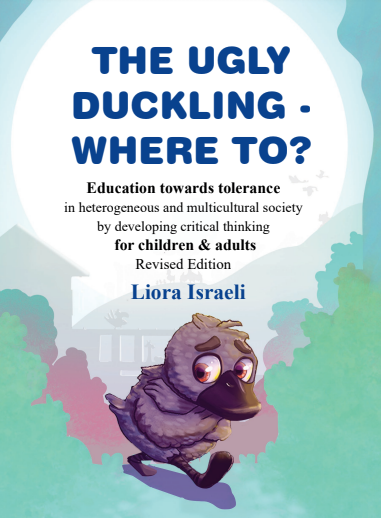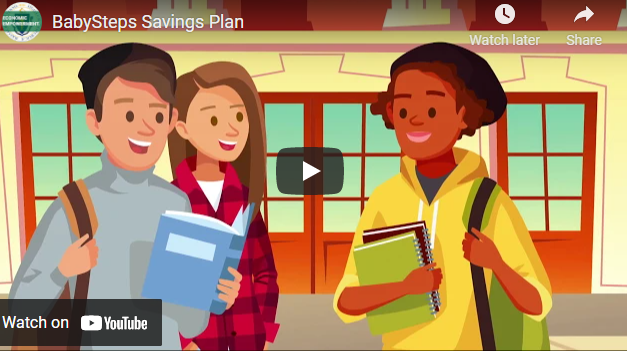The Ugly Duckling – Where To? By Liora Israeli (An author shares her inspiration for writing)
The Following is an article written by Liora Israeli about her inspiration for writing her book The Ugly Duckling – Where To? – Education Towards Tolerance
The booklet is is available at https://www.amazon.com/dp/1089985479 in printed and digital formats in English as well as in Hebrew.
One of the indelible childhood memories that I carry with me, is the weekly
visit to the colorful and exotic market place in the center of the small village
Hadera, Israel, where I was born, while joining my mother on her weekly
grocery shopping trips. The smells, the colors, the noises, the multicultural
milieu: natives as well as new Jewish immigrants from the East and the West,
Yemen, Morocco, Egypt, Iraq, Iran, Eastern Europe, local Arabs, many of them
dressed in their colorful traditional garments…. all stood in a sharp contrast to
the organized and well-ordered style that characterized my home.
It seems that this early childhood experience somehow paved my future
professional way as a field researcher at the Israel Museum, Jerusalem and at
the Haifa Ethnological and Folklore Museum with new immigrant communities
from Morocco, The Caucasus and Ethiopia, and motivated me to study
Intercultural Relations at Boston University, and at Lesley University,
Cambridge, during my family’s stay in Massachusetts.
After our return to Israel, I joined a unique project led by the Ministry of
Education, that supported elementary schools that absorbed new immigrant
students from Ethiopia and The Commonwealth of Independent States. I was
looking for a way to help the teachers and the students to adjust to the new
changing faces of their familiar environment. The new immigrant students
suffered culture shock, agony, social and academic difficulties; the natives, the
majority, felt unfamiliarity and strangeness towards the new-comers and the
whole atmosphere was one of separation and resentment.
I started to develop school curricula in the field of Tolerance Education,
presenting the rich and stimulating experience of the multicultural environment,
while referring to The Other; in general (not to a specific group), in many
cases in an allegorical way. The basic assumption was that each student, native
or new immigrant, is The Other and that we all need to learn how to benefit
from diversity and from social changes that take place in our surroundings. One
of the most touching outcomes was expressed in a poem written by a 4 th grade
Ethiopian student who refused to cooperate academically and suffered from
social isolation. One day his teacher, with tears in her eyes, brought me a poem
he had written:
I am myself and you are
yourself,
I have my own life and you
have your own life.
I love to be myself
Because being myself is fun.
Maybe I should become a pig?
No, and maybe a rabbit?
No, this is also a bad idea.
Maybe a lion?
No, I;ve had enough of this,
I am myself, and myself is me.
It is a lot of fun to be myself,
to be myself is fun,
myself with my family.”
It seems that while listening in class to “Footsteps in the Grass- Education
towards Tolerance” he got the message: he was not an Ugly Duckling and he
should feel good about his uniqueness and proud of his family. He need not
color his feathers in white, cry, or avoid other kids because of his different skin
color. He was a student of equal value in the heterogeneous and multicultural
community. The book “The ugly duckling – where to?” is in honor of this
anonymous student.
H. C. Andersen’s most touching story: The Ugly Duckling (1843) is considered
to be a classic piece of literature. Unfortunately, besides its most valuable
characteristics, it conveys a racist vision. The book “The ugly duckling – where
to?” is an actual response to the original story that points its readers towards
democratic and humanist values.
*The booklet is an outcome of the academic essay:
Israeli, L. (2011). "The Other - a Resource or a Threat? Polar interpretations of two children stories: The Ugly Duckling by H"C Anderson & Raspberry Juice by H’ Shenav" (Journal of Peace Education, Vol. 8, No.1, p.1-17)





